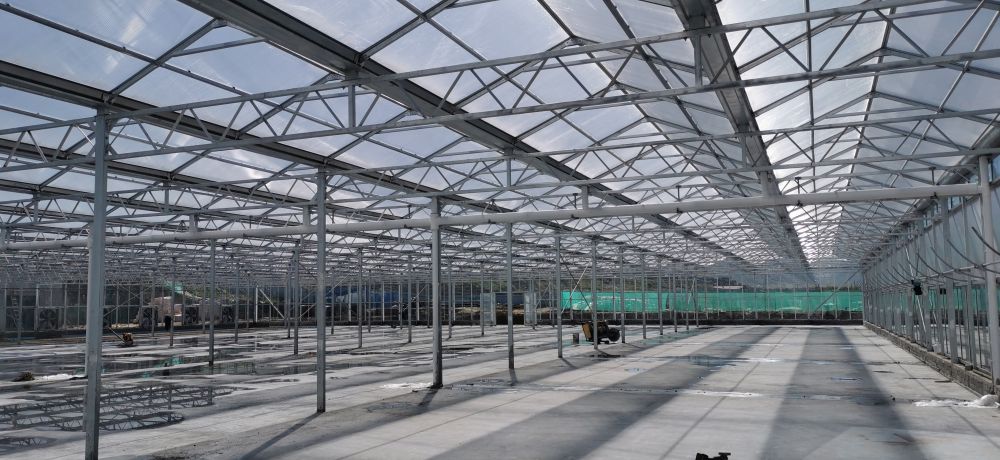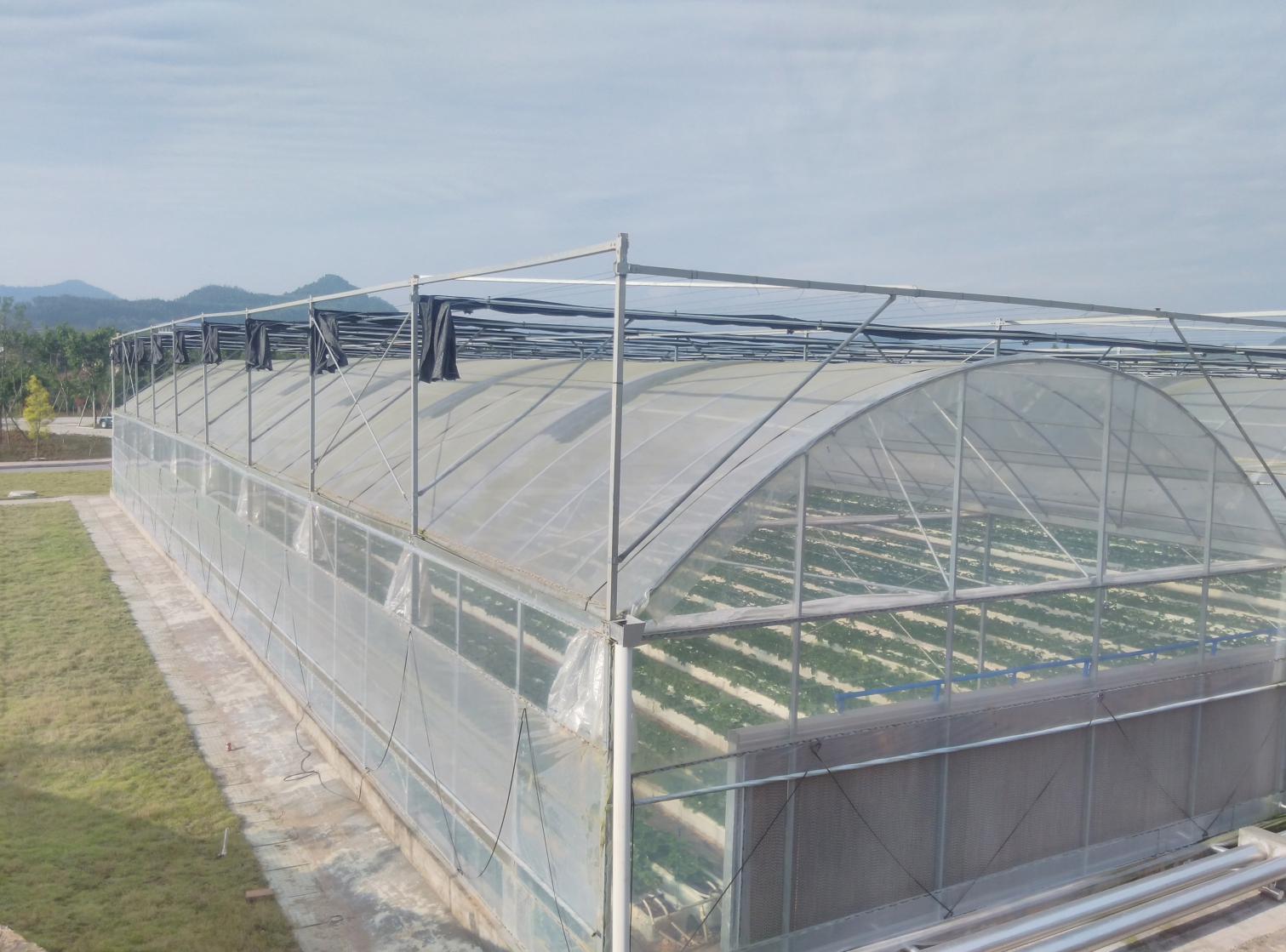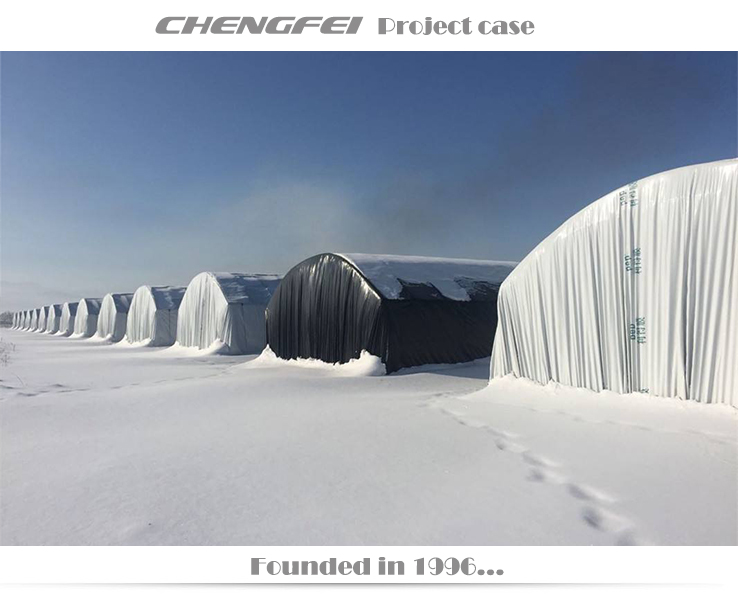In the midst of winter's icy grip,a greenhouse serves as an oasis for nurturing plants,providing an ideal haven for growing vegetables and flowers.However,maintaining the optimal temperature within the greenhouse during the frosty winter months can pose a significant challenge.If you aspire to preserve a favorable environment for your plants in your winter greenhouse and ensure their healthy growth,this comprehensive article will furnish you with an array of practical tips and invaluable advice.We will delve deeper into various strategies for winter greenhouse insulation.
The Importance of Proper Winter Greenhouse Insulation
Before delving into the specific methods and techniques for winter greenhouse insulation,let's underscore the importance of this endeavor.Why is it crucial to keep your greenhouse warm during the winter?
Sustaining Plant Growth
During the colder months,many plants are susceptible to frost damage and growth stunting if not provided with adequate protection.A well-insulated greenhouse ensures a consistent and regulated environment,allowing plants to thrive,blossom,and bear fruit.
Disease Prevention
Maintaining a warm and stable temperature in your greenhouse can also aid in disease prevention.Cold,damp conditions can foster the growth of mold and pathogens,which can be detrimental to your plants.A well-insulated greenhouse helps in curbing these risks.

Extending the Growing Season
By creating a warm haven in your greenhouse,you can extend your growing season beyond the summer months.This enables you to cultivate a wider variety of crops and enjoy fresh produce year-round.
Now,let's explore practical strategies to keep your greenhouse warm during the winter.
1. Thoughtful Selection of Greenhouse Materials
The choice of greenhouse materials plays a pivotal role in determining its insulation properties.Consider the following factors when selecting materials:
Glass greenhouses are renowned for their excellent insulation properties.They capture and retain heat effectively,making them a top choice for cold climates.If your budget allows,consider double or triple-layered glass to enhance insulation.
b. Polycarbonate Panel Greenhouses
Polycarbonate panels offer an attractive compromise between insulation and affordability.They provide adequate insulation and also scatter light,ensuring uniform illumination for your plants.
c. Polyethylene Film Greenhouses
Polyethylene film greenhouses are budget-friendly but have relatively lower insulation properties.To improve insulation,opt for high-density polyethylene films,which provide better thermal retention.

1. Installation of Greenhouse Insulation Materials
To augment your greenhouse's insulation,consider adding insulation materials to the walls and roof.These materials serve as a barrier to heat loss,preserving a warm environment within the greenhouse.Common insulation materials include:
a.Foam Boards
Foam boards are versatile and effective insulation options.They can be applied to the interior walls and roof,significantly reducing heat loss.
b.Fiberglass Insulation
Fiberglass insulation is a well-known choice for maintaining warmth in greenhouses.It can be installed between framing members to enhance insulation.
c. Reflective Films
Reflective films can be affixed to the inner surfaces of your greenhouse to redirect radiant heat back towards your plants. This aids in maintaining a cozy temperature.
- Implementing Heating Systems
One of the most efficient ways to keep your greenhouse warm in winter is by installing a heating system.Here are some heating options to consider:
a. Electric Heaters
Electric heaters are a popular choice for maintaining controlled warmth within a greenhouse.They offer the advantage of precise temperature control and are relatively safe.
b. Hot Water Systems
Hot water systems circulate warm water through radiators or pipes within the greenhouse. While they may require an initial investment,they are often more energy-efficient than electric heaters.
c. Geothermal Systems
Geothermal heating systems harness the Earth's natural warmth to keep your greenhouse cozy.They are an eco-friendly choice,but their installation demands professional expertise.

4.Meticulous Ventilation and Humidity Control
In the winter, ventilation and humidity control within your greenhouse become even more critical.Proper ventilation helps expel excess moisture,reducing the risk of mold and disease.However,it's essential to balance ventilation with temperature maintenance.Consider investing in an automated ventilation system that adjusts based on temperature and humidity levels.
5.Utilizing Thermal Screens
Thermal screens are a valuable tool for maintaining warmth during cold nights or extreme winter conditions.These screens,which are typically transparent,are deployed to reduce heat loss and enhance insulation while still allowing sunlight to penetrate your greenhouse.
6.Selecting Cold-Resistant Plants
In addition to insulation and heating systems,it's wise to choose plant varieties that are well-suited to cold temperatures.Some plants are more resilient to chilly conditions than others.By selecting cold-resistant plants,you can reduce your reliance on heating systems and lower energy costs.
a. Winter Greens
Winter greens like kale,spinach,and arugula thrive in cooler temperatures.They can withstand frost and continue to produce fresh,nutrient-rich leaves.
b. Root Vegetables
Root vegetables such as carrots,beets,and turnips are well-suited for winter greenhouse cultivation.They can endure colder conditions and provide a bountiful harvest.
c. Herbs
Many herbs,including rosemary,thyme,and sage,are well-suited for winter greenhouse gardening.They not only endure the cold but also impart delightful flavors to your dishes.By diversifying your plant selection and choosing cold-resistant varieties,you can create a vibrant and productive winter greenhouse.

To ensure optimal conditions within your greenhouse,consider incorporating monitoring and automation systems.These technologies can help you maintain precise temperature and humidity levels,adjust ventilation,and control heating systems.Modern greenhouse controllers and sensors provide real-time data and allow for remote management,making it easier to create a stable and nurturing environment for your plants.
In conclusion,the art of keeping your greenhouse warm during winter involves careful planning,thoughtful material selection,and the implementation of various insulation and heating techniques.By selecting suitable materials,installing insulation,using heating systems,controlling ventilation and humidity,utilizing thermal screens,choosing cold-resistant plants,and considering monitoring and automation,you can create a haven where your plants flourish even in the harshest of winters.As you embark on this journey,remember that a well-insulated and heated greenhouse is not just a refuge for your plants but also a sanctuary for your gardening aspirations year-round.We hope that this comprehensive guide equips you with the knowledge and inspiration needed to nurture your greenhouse through the winter months,fostering a thriving ecosystem of greenery and beauty.
Email: joy@cfgreenhouse.com
Phone: +86 15308222514
Post time: Sep-21-2023






